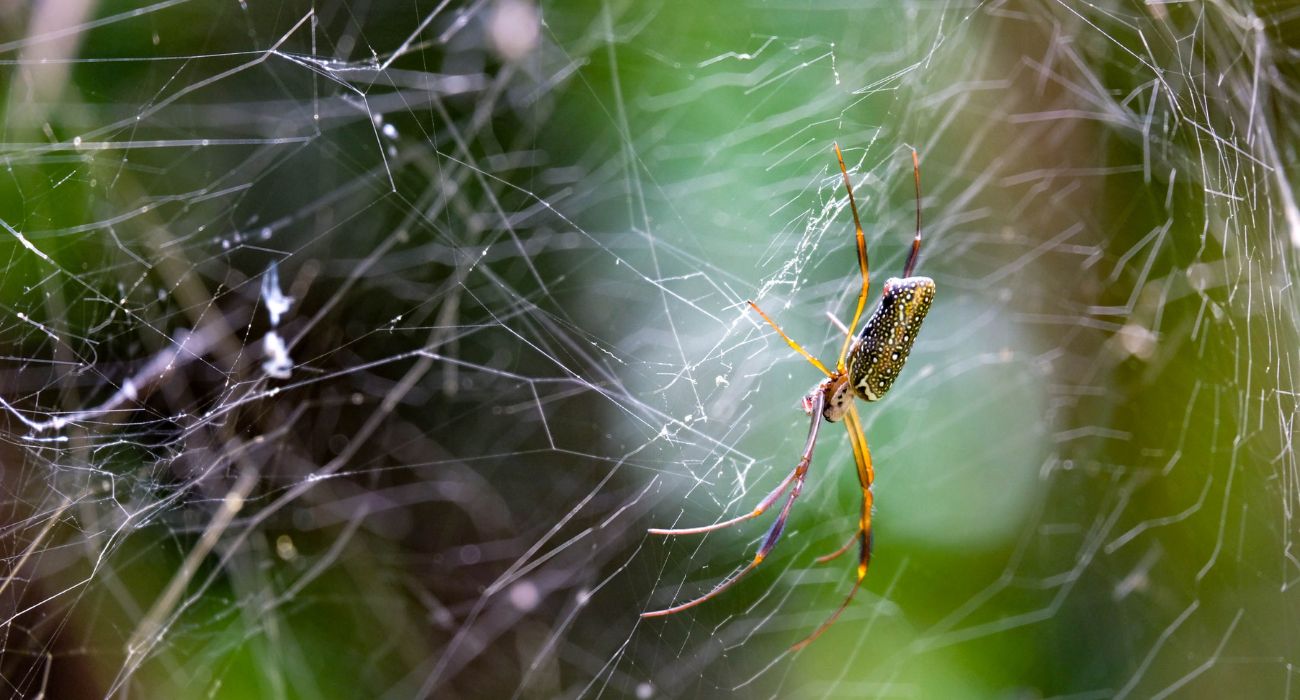Claiming there are deficiencies in how authorities monitor fish for contaminants, researchers from Texas Christian University recommend testing spiders instead.
TCU biology professor Matt Chumchal says spiders can be seen as sentinels of food safety.
Fish is a high-quality, low-calorie protein, and some studies suggest it lowers the risk of cardiovascular disease, metabolic disorders, and obesity.
Yet sourcing fish from safe waterways is essential. Toxins of all kinds can be found in all bodies of water and accumulate in fish, making them dangerous to consume.
As previously reported in The Dallas Express, a study of 501 fish samples collected across the U.S. from 2013 to 2015 found that self-caught freshwater fish were even more polluted with “forever chemicals” than those commercially caught. These substances can interfere with hormone regulation and reproduction while increasing the risk of developing cancer, thyroid disease, and more.
Local authorities — like the Texas Health and Human Services — monitor fish for toxicity levels and issue advisories telling the public to avoid fishing in certain locations when necessary.
But Chumchal believes that the current methods for testing fish are inefficient, according to The Dallas Morning News. Instead, he makes the case for testing spiders — a food source for fish that is equally exposed to toxins.
“They had similar amounts of pollution in them as fish … they’re just fish in a bush,” Chumchal suggested.
The whole process, from collecting a spider to testing it for contamination, takes about 10 minutes.
Spiders can also be found just about everywhere, making them more accessible and less expensive to collect for testing than fish.
“They’re on every continent but Antarctica. If there’s freshwater… there’s one of these spiders living next to it,” agreed David Walters from the U.S. Geological Survey, who has worked with Chumchal, according to the DMN.
The idea of testing arachnids for toxins instead of fish was first put forward in a paper he helped write that appeared in Environmental Toxicology and Chemistry last year.
Today, the levels of mercury — a toxic metal present in trace amounts in nearly all fish and shellfish — found in spiders is at the center of Chumchal’s research in his TCU lab.
High levels of mercury exposure can lead to significant health concerns since the substance damages the nervous system, potentially impacting speech, vision, and muscles.






